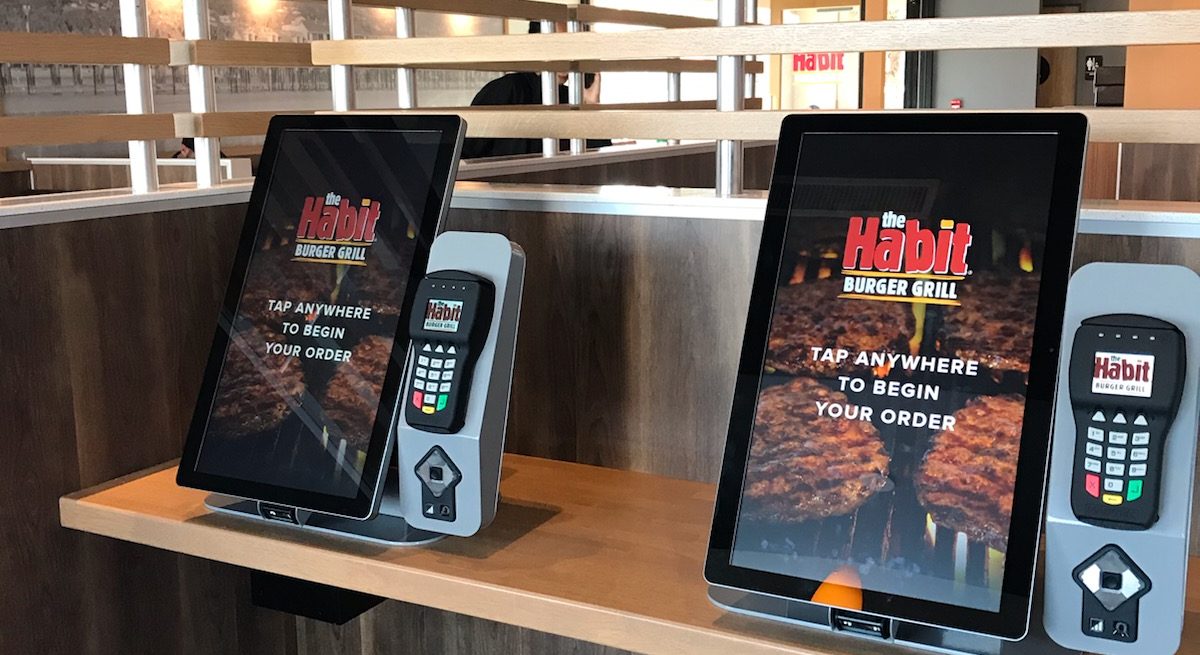Ensuring an Accessible Kiosk Experience
3 Min Read By Laura Boniello Miller
Restaurants are increasingly reliant on self-service technology to improve the customer experience. From handheld or desktop tablets used to collect payment to kiosks used for self-service ordering, technology allows restaurants to provide a variety of options to customers to enhance their visit. However, it is incumbent upon restaurants to provide an accessible and equal experience for all their customers when utilizing these new technologies. Customers with disabilities are often left out of the interactive experience due to the misconception that guests who are blind or who have low vision are more easily satisfied with the assistance of an in-person attendant. Yet this alternative does not provide an experience comparable to that of a non-visually impaired patron. Most people with disabilities do not want to be treated any differently from anyone else, and an in-person attendant often serves as a reminder of their disability.
The Future of Kiosks in the Restaurant…
Sorry, You've Reached Your Article Limit.
Register for free with our site to get unlimited articles.
Already registered? Sign in!


